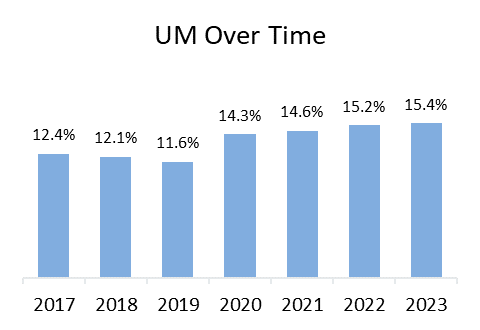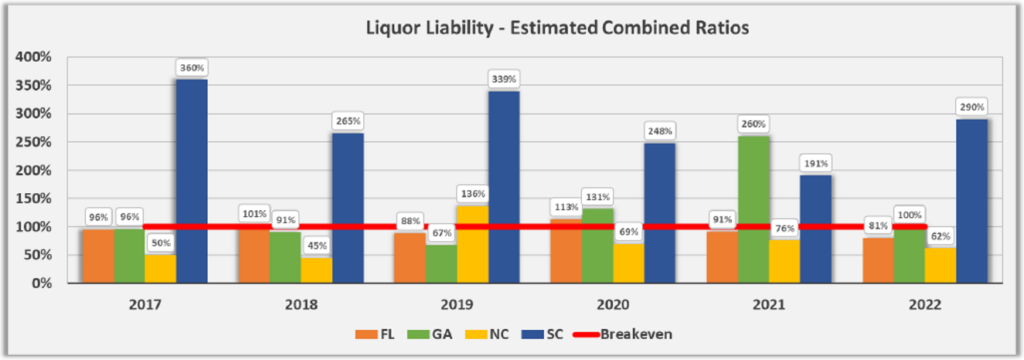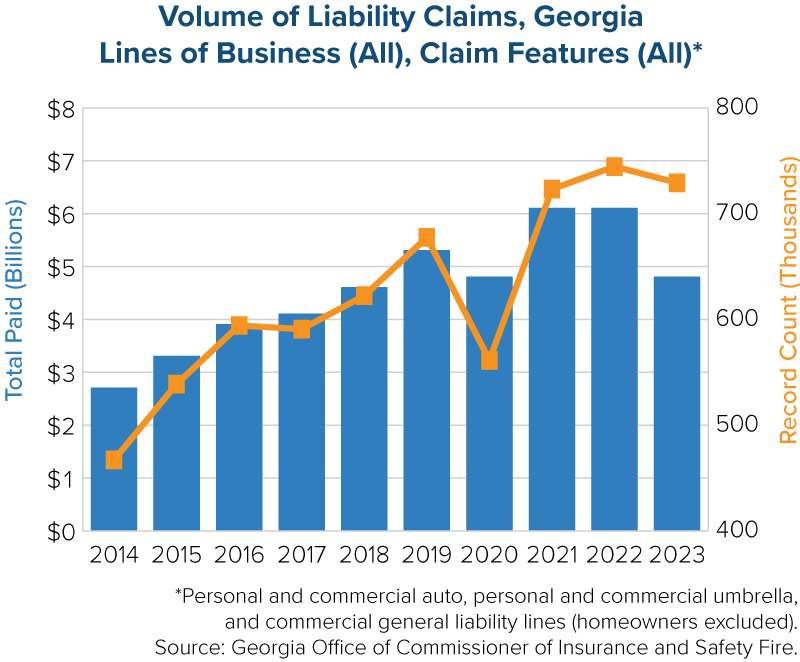Reintroducing wolves into areas where they’ve previously been decimated seems to reduce car crashes involving deer by nearly 25 percent.
Huh? What? Is this one of those “Correlation doesn’t equal causation” memes?
Not at all.
Scientists in Wisconsin have gathered data about road collisions and wolf movements in the state to quantify how the arrival of wolves affected the frequency of deer-auto collisions.
“In a pretty short period of time, once wolves colonize a county, deer vehicle collisions go down about 24 percent,” said Dominic Parker, a natural resources economist at the University of Wisconsin, Madison and co-author of their new study published in the journal Proceedings of the National Academy of Sciences.
You might say, “Well, of course – wolves eat deer, fewer deer means fewer collisions.” But it’s a bit more subtle than that. The scientists found that reintroducing wolves created what scientists call “a landscape of fear.”
“When you have a major predator around, it impacts how the prey behave,” Parker said. “Wolves use linear features of a landscape as travel corridors, like roads, pipelines and stream beds. Deer learn this and can adapt by staying away.”
Just one study
Now, of course, this is just one study, and it’s not being embraced by everyone – for example, farmers and ranchers who don’t love the reintroduction of predators that might kill their livestock or add to the cost of protecting the animals they raise.
“People who value the existence of wolves are often not in the same communities where wolves are present,” said Jennifer Raynor, Parker’s colleague and co-author. “Urban wildlife lovers may be happy to know that wolves exist out there, but rural people have to stare at the carcasses of livestock and pets.”
Deer-vehicle collisions “are happening in both urban and rural areas,” Raynor said. “No one is avoiding this problem” – which means rural people are also benefiting from wolves, whether they realize it or not.
On average, 19,757 Wisconsinites collide with deer every year, leading to about 477 injuries and eight deaths. Wolves save the state $10.9 million in losses every year, the scientists determined —a figure 63 times greater than the total compensation paid for the loss of livestock or pets.
The average cost of an animal-strike claim under comprehensive coverage for 2001-14 models during calendar years 2004-13 was $2,730. That’s a hefty price but still lower than the average payout of $3,510 for a collision claim, the Highway Loss Data Institute has found.
More research needed
Guillaume Chapron at the Swedish University of Agricultural Sciences, who studies large carnivores, says the team hasn’t provided enough information about their statistical methods, the degree of uncertainty in their results, or details on how to replicate their analysis.
“It may be that they found a new dimension to the role played by wolves, but their paper makes a critical evaluation of their findings impossible,” he said. “I’m sure it will be loved by wolf advocates, but much less by statisticians.”
Eyes on natural risk mitigation
More research clearly is needed before anyone should begin advocating large-scale reintroduction of wolves into populous areas with an eye toward reducing auto insurance claims and premiums. But the study highlights an area to which insurers are paying increasing attention: natural risk mitigation.
For example, interest has risen in how restoration of natural ecosystems – such as mangrove forests and coral reefs – can reduce insured losses caused by storm surge caused by hurricanes.
In many places, mangroves are the first line of defense, their aerial roots helping to reduce erosion and dissipate storm surge. A healthy coral reef can reduce up to 97 percent of a wave’s energy before it hits the shore. Reefs — especially those that have been weakened by pollution, disease, overfishing, and ocean acidification — can be damaged by severe storms, reducing the protection they offer for coastal communities.
In Florida, a recent study found, mangroves alone prevented $1.5 billion in direct flood damages and protected over half a million people during Hurricane Irma in 2017, reducing damages by nearly 25 percent. Another study found that mangroves actively prevent more than $65 billion in property damage and protect over 15 million people every year worldwide.
Communities, businesses, and families looking to reduce damages and their associated costs should look closely at natural, pre-emptive mitigation.
Learn More on the Triple-I Blog
Man-Made and Natural Hazards Both Demand a Resilience Mindset
Hurricane Delta Triggered Coral Reef Parametric Insurance
Mangrove Insurance: Parametric + Indemnity May Aid Coastal Resilience
Mangroves and Reefs: Insurance Can Help Protect Our Protectors











